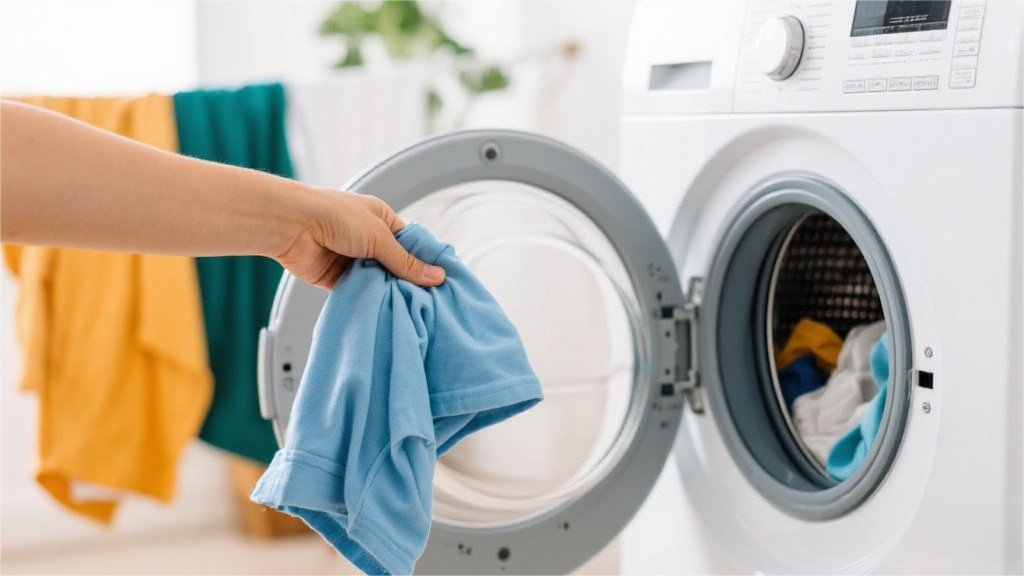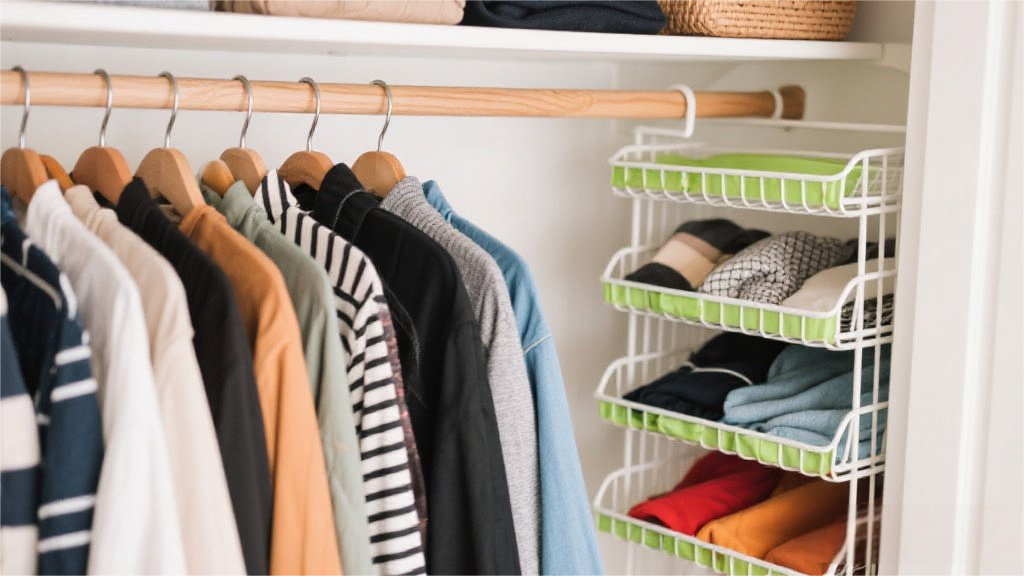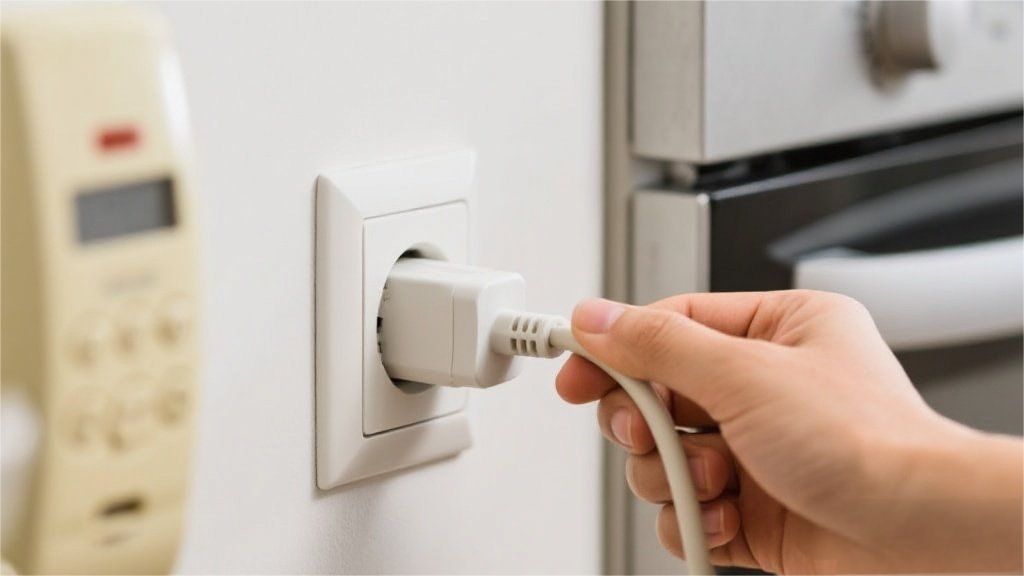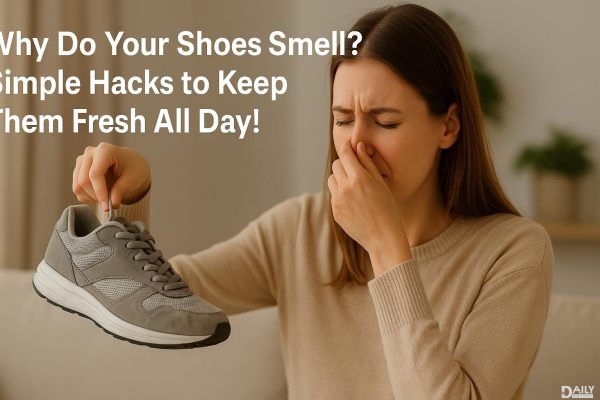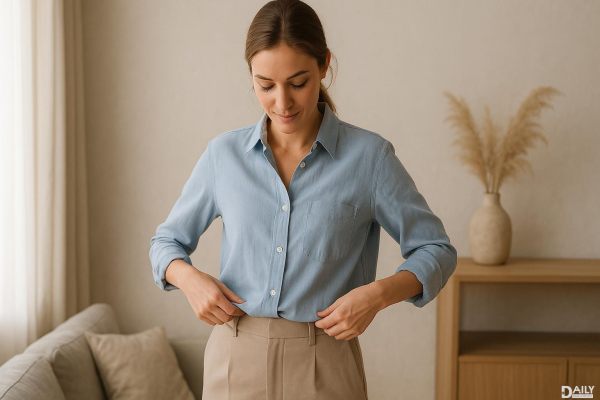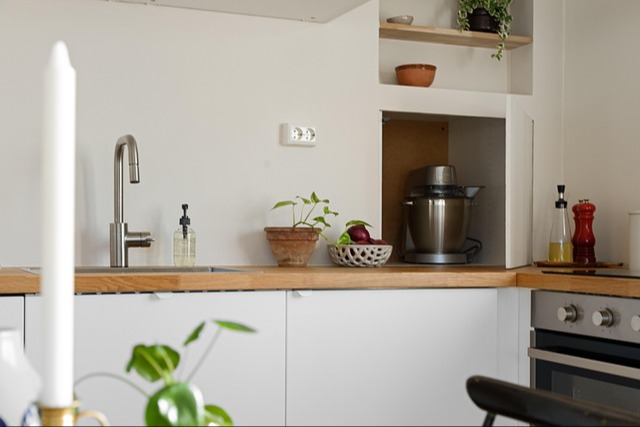For years, I prided myself on being a champion sleeper—the kind who could pass out mid-conversation and still clock a solid twelve hours without stirring. But here’s the plot twist: quantity doesn’t equal quality. Despite my marathon sleep sessions, I’d drag myself through afternoons like a zombie, chugging cold brew and wondering why my eyelids felt like sandbags. Turns out, binge-sleeping after late-night scrolling isn’t the flex I thought it was. So when the opportunity to “sleepmax” at a luxury resort in Mexico landed in my lap (courtesy of Hilton and AmEx), I packed my silk pajamas faster than you can say “circadian rhythm.”
The Rise of Sleep Tourism
Sleep tourism isn’t just about blackout curtains and fancy pillows—it’s a full-blown movement. Hotels are now rolling out sleep concierges, melatonin-infused room service, and even high-tech sleep trackers to help guests optimize their shut-eye. At Italy’s Preidlhof resort, they’ll analyze your sleep patterns like a NASA mission, then prescribe acupuncture and “quartz sound therapy” (yes, that’s a thing). Sounds extra? Maybe. But with nearly half of travelers citing rest as a top trip motivator (per Hilton’s 2025 report), the industry is betting big on our collective exhaustion. Global wellness trips grew 30% annually post-pandemic, proving we’re all desperate to trade adrenaline for REM cycles.
Travel vs. Vacation: The Sleep Saboteur
Here’s the hard truth I learned: jet-setting to cram in 14 museums and three food tours isn’t relaxing—it’s a sleep-deprivation marathon. “Traveling and vacationing are totally different beasts,” says neurobiologist Dr. Allison Brager. The former drains you; the latter should refill your cup. My Cabo itinerary was deliberately dull: sunrise yoga, poolside sushi naps, and zero FOMO. Alo Moves instructor Phyllicia Bonanno schooled me on the “active rest” paradox: “If you’re horizontal 24/7, your body doesn’t actually recover. Movement primes you for deeper sleep.” So I swapped my usual bedrotting for slow-flow yoga and lymphatic massages (pro tip: charge spa visits to your Hilton AmEx for 14X points). By day three, I was so zen I forgot my own WiFi password.
The Waldorf Astoria Sleep Lab
My room was a sleep geek’s paradise. The mattress—a cloud-like Waldorf exclusive—had me Googling “how to smuggle a king bed through customs.” Silk pillowcases, blackout curtains so thick they could hide a crime scene, and the distant lull of ocean waves created a sensory cocoon. I instituted a no-phone-in-bed rule (replacing doomscrolls with Alo Moves meditations) and clocked seven hours of uninterrupted sleep for the first time since college. The game-changer? A rigid 10 p.m.-to-midnight wind-down window. “Most Americans are chronically sleep-deprived,” Dr. Brager told me later. “Even a short reset can repay your ‘sleep debt’ like compound interest.”
Bringing the Zen Home
small tweaks that mimic luxury-resort conditions. Since returning, I’ve embraced “productive laziness”: unapologetic couch time isn’t slothful, it’s metabolic maintenance. My new mantra? Rest isn’t a luxury—it’s the foundation of everything else. And if anyone needs me, I’ll be in my DIY “Waldorf bed” (read: a $30 silk eye mask and a white-noise app).
